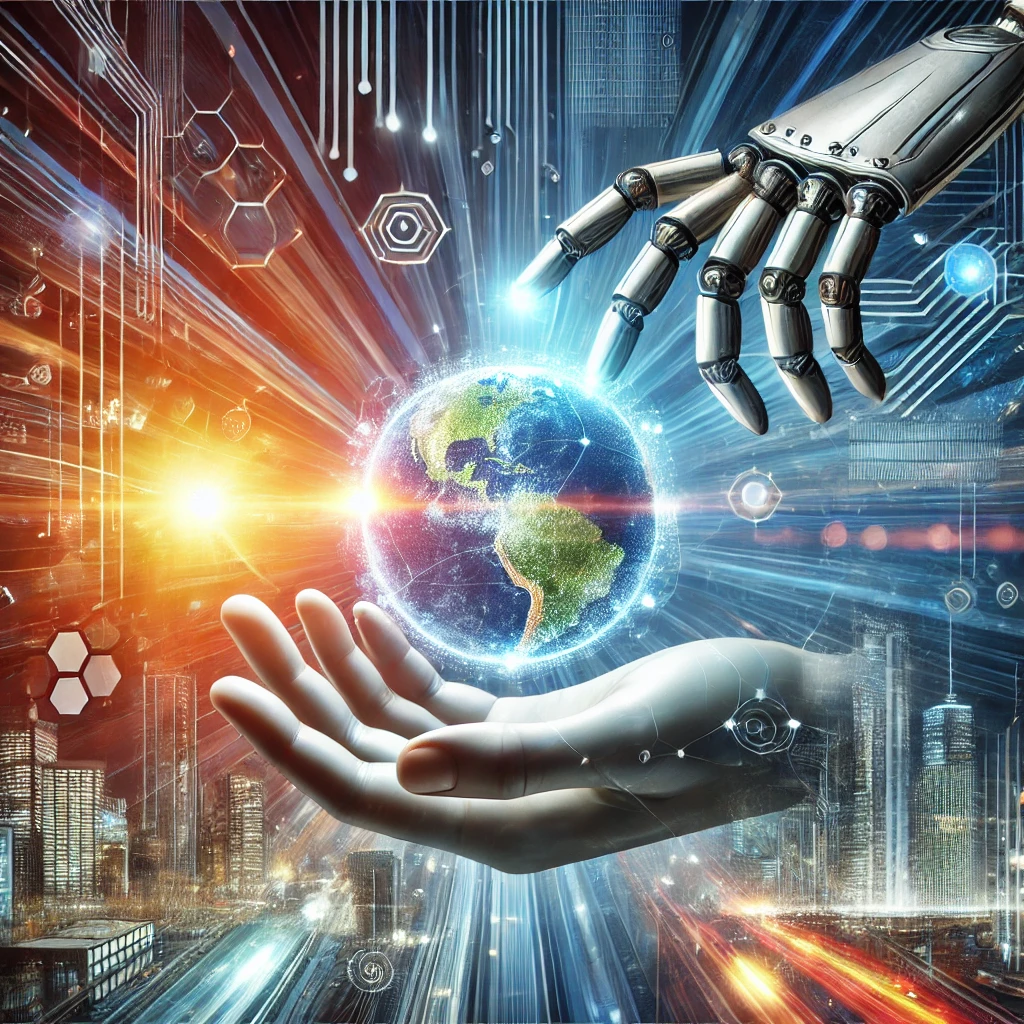The “Turing Test” is a process of inquiry into machine intelligence to determine if a computer is capable of thinking like a human being. This test was developed and introduced to the world by Alan Turing, an English computer scientist in his 1950 paper titled “Computing Machinery and Intelligence”. The test’s objective was to determine if a machine would be able to exhibit intelligent behavior that was indistinguishable from that of a human. This method became the benchmark and the goal for artificial intelligence research with many computer scientists determined to be the ones who develop such intelligence.
The test which was originally named “The Imitation Game” works as follows: A human is given the job of “interrogator” their job is to have a texted-based conversation with two participants a human and a computer. The “interrogators” goal is to determine which is the machine and which is the human. While the machine’s goal is to convince the “interrogator” that it is in fact human. If the “interrogator” fails to correctly identify which is the Artificial Intelligence, then the computer has successfully beaten the test which suggests it exhibits human-level intelligence.
Over the years many have misunderstood this to mean that if an AI beats the test, then we have reached AGI (Artificial General Intelligence). Which is not accurate, the Turing test was intended in identifying a computer that exhibits human-level or human-like intelligence. AGI is a type of AI that possesses human-level cognitive abilities, including the ability to understand, learn, and apply knowledge across a wide range of tasks. Two very different things.
If an AI model is able to beat the Turing test it simply means we have been able to create a machine that can interact with a human and be very good at mimicking human likeness. This has massive implications for how future AI is developed and deployed in the world as some interactions previously thought to be uniquely human can be done by a machine. This does not mean that computers will be able to replace us as human interaction involves so much more than just intelligent communication.
